Deskripsi
I. Pendahuluan
Pigging, dalam konteks pembersihan pipa, mengacu pada proses di mana perangkat yang dikenal sebagai "babi" dimasukkan ke dalam pipa untuk melakukan berbagai operasi pemeliharaan. Istilah ini berasal dari suara memekik yang dibuat oleh perangkat awal saat bepergian melalui pipa, yang mengingatkan pada jeritan babi. Saat ini, istilah ini telah berkembang untuk mencakup berbagai alat dan teknologi yang digunakan untuk membersihkan, memeriksa, dan memelihara pipa.
Pembersihan pipa adalah aspek penting dari manajemen dan pemeliharaan pipa. Seiring waktu, pipa dapat mengumpulkan berbagai zat seperti sedimen, karat, skala, dan endapan lainnya. Ini dapat mengurangi efisiensi pipa dengan membatasi aliran, meningkatkan biaya operasional, dan berpotensi mengarah ke penyumbatan. Selain itu, endapan tersebut dapat menyebabkan korosi, yang dalam kasus ekstrem dapat mengakibatkan kegagalan pipa, dengan konsekuensi keuangan dan lingkungan yang signifikan.
Therefore, regular cleaning of pipelines is essential. It not only ensures the efficient operation of the pipeline system but also extends its lifespan, reduces the risk of failures, and contributes to safer and more sustainable operations. Pigging is one of the most commonly used methods for pipeline cleaning, offering a cost-effective and efficient solution to maintain the health and functionality of pipeline infrastructure.
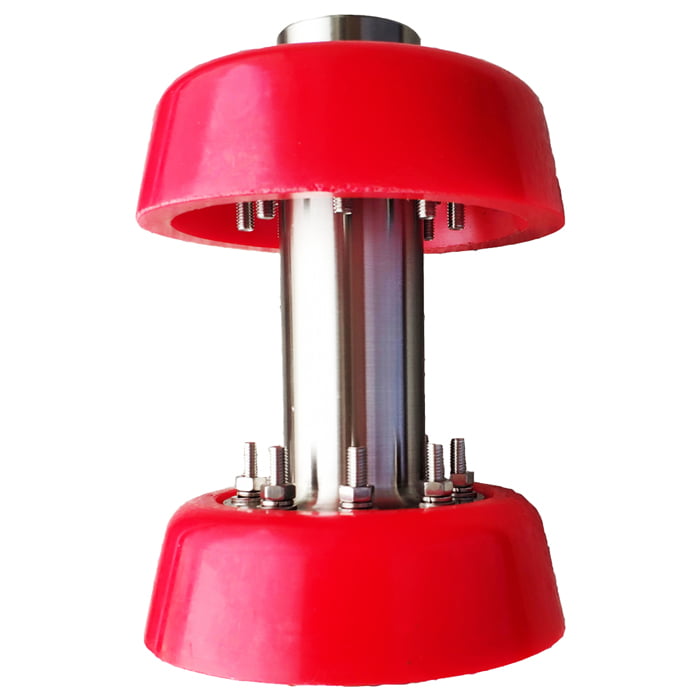
Nama | Urethane Pipeline Pig | |
| Bahan | Stainless Steel 316、L DUPLEX SS | |
| Suhu Operasional | -20~200℃ | |
| Fitur | Firstly, Easy to Operate | |
| Kedua, umur panjang akurasi tinggi | ||
| At last, High-Efficiency Low cost | ||
| Pembayaran | TT/LC | |
| Keuntungan | Pertama, mereka ringan dan fleksibel. | |
| And then nice Injection efficiency. | ||
| Terakhir, pelacakan lokasi yang akurat. |
Urethane Pipeline Pig | |
Cup Material | Poliuretan |
Middle Material | Carbon Steel |
Suhu Desain | -40 Deg.C ~ +120 Deg.C |
Rentang Ukuran | 2 inches ~ 60 inches |
II. What Is Pigging?
Pigging adalah proses yang digunakan dalam pembersihan dan pemeliharaan pipa di mana perangkat yang disebut "babi" diluncurkan ke dalam pipa dan mendorongnya, baik oleh aliran produk atau oleh media lain yang diperkenalkan di belakang babi. Saat babi bergerak melalui pipa, ia melakukan berbagai fungsi seperti pembersihan, inspeksi, atau pemisahan produk yang berbeda di dalam pipa.
Ada berbagai jenis babi, masing -masing dengan peran tertentu:
- Babi Busa: Ini adalah perangkat sederhana dan ringan yang terbuat dari busa poliuretan sel terbuka. Mereka digunakan untuk tugas pembersihan ringan, seperti menghilangkan debu dan puing -puing yang longgar, atau untuk saluran pipa pengeringan.
- Babi swab: Babi swab digunakan untuk menghilangkan cairan dari saluran gas. Mereka sering digunakan dalam operasi pengeringan dan pengeringan.
- Mengikis atau mengikat babi: Babi -babi ini dilengkapi dengan kuas atau elemen gesekan. Mereka digunakan untuk tugas pembersihan yang lebih intensif, seperti menghilangkan skala, karat, atau setoran keras lainnya.
- Mengukur babi: Mengukur babi digunakan untuk memeriksa diameter internal pipa dan memastikannya bebas dari halangan. Mereka sering membawa pelat logam ("pelat pengukur") yang dipotong ke ukuran spesifik relatif terhadap diameter pipa.
- Babi pintar atau babi inspeksi: Ini adalah perangkat canggih yang dilengkapi dengan sensor dan instrumen perekaman. Mereka digunakan untuk memeriksa pipa untuk kelainan bentuk, korosi, retakan, atau cacat lainnya.
AKU AKU AKU. Manfaat pembersihan pipa babi
Pigging menawarkan beberapa manfaat yang menjadikannya metode yang disukai untuk pembersihan dan pemeliharaan pipa:
- Efisiensi dan efektivitas dalam pipa pembersihan: Pigging adalah metode yang sangat efisien untuk membersihkan saluran pipa. Ini dapat menghilangkan berbagai zat, dari puing -puing longgar dan cairan hingga endapan dan skala yang keras, tergantung pada jenis babi yang digunakan. Babi menempuh seluruh panjang pipa, memastikan pembersihan menyeluruh.
- Peningkatan Aliran Produk: Dengan menghilangkan endapan yang dapat membatasi diameter interior pipa, Pigging meningkatkan aliran produk. Ini meningkatkan efisiensi operasional dan dapat menghasilkan penghematan biaya yang signifikan. Untuk saluran pipa yang mengangkut hidrokarbon, aliran yang ditingkatkan dapat diterjemahkan menjadi peningkatan laju produksi.
- Deteksi dan Penghapusan Penyumbatan: Babi tidak hanya digunakan untuk membersihkan tetapi juga untuk diperiksa. Babi pintar atau babi inspeksi dapat mendeteksi anomali seperti penyumbatan, penyok, atau kelainan bentuk lain dalam pipa. Deteksi dini memungkinkan operator untuk mengatasi masalah ini sebelum menyebabkan masalah besar seperti pecahnya pipa atau shutdown sistem.
- Pencegahan korosi pipa: Deposito dalam pipa sering dapat menyebabkan korosi, yang seiring waktu dapat melemahkan pipa dan menyebabkan kebocoran atau kegagalan. Dengan menghilangkan endapan ini secara teratur, Pigging membantu mencegah korosi, sehingga meningkatkan umur dan integritas pipa.
V. Tantangan dalam pembersihan pipa babi
Terlepas dari banyak manfaat Pigging, tantangan tertentu mungkin timbul selama proses tersebut. Memahami tantangan ini dapat membantu dalam merancang strategi untuk mengatasinya:
- Konfigurasi pipa: Kehadiran tikungan, tee, pereduksi, dan perlengkapan lainnya dalam pipa dapat membuat proses pigging menjadi sulit. Babi bisa macet atau rusak saat menavigasi konfigurasi kompleks ini. Untuk mengatasi ini, operator sering menggunakan babi fleksibel yang dirancang untuk menangani kompleksitas seperti itu. Selain itu, desain pipa idealnya harus mempertimbangkan untuk memastikan kompatibilitas.
- Kompatibilitas material: Berbagai jenis bahan babi kompatibel dengan berbagai jenis bahan pipa dan produk yang diangkut. Misalnya, beberapa babi mungkin tidak cocok untuk digunakan dalam pipa yang mengangkut zat korosif. Memahami kompatibilitas ini sangat penting untuk memastikan pembersihan yang efektif tanpa merusak pipa atau babi.
- Pilihan babi yang tepat: Memilih jenis babi yang tepat untuk tugas yang ada sangat penting. Menggunakan babi busa untuk karat berat dan pelepasan skala tidak akan efektif saat menggunakan babi sikat yang agresif untuk pekerjaan pembersih ringan dapat menyebabkan keausan yang tidak perlu ke pipa. Pengetahuan komprehensif tentang kondisi pipa dan jenis babi yang tersedia sangat penting untuk membuat pilihan yang tepat.
- Deteksi lokasi dan kecepatan babi: Dalam jaringan pipa yang besar dan kompleks, melacak lokasi dan kecepatan babi bisa menantang. Jika seekor babi macet atau hilang, itu dapat menyebabkan penyumbatan. Penggunaan fitur pipa pluggable, peralatan pelacak babi, dan pensinyalan babi dapat membantu mengatasi tantangan ini.
VII. Kesimpulan
Pigging telah terbukti menjadi alat yang sangat diperlukan di ranah pembersihan pipa, menawarkan berbagai manfaat. Ini memberikan metode yang efisien dan efektif untuk membersihkan saluran pipa, meningkatkan aliran produk dan efisiensi operasional. Dengan memungkinkan deteksi dini dan penghapusan penyumbatan, Pigging berkontribusi pada pencegahan kegagalan pipa dan akibatnya dampak lingkungan dan ekonomi. Selain itu, Pigging memainkan peran penting dalam mengurangi korosi pipa, sehingga meningkatkan umur dan integritas infrastruktur.
Saat kita melihat ke masa depan, bidang teknologi babi terus berkembang. Inovasi sedang dibuat dalam pengembangan babi pintar yang dilengkapi dengan sensor canggih dan instrumen perekaman, yang mampu memberikan data yang lebih rinci dan akurat tentang kondisi pipa. Kemajuan ini, ditambah dengan perbaikan dalam desain pipa dan teknik pigging, akan semakin meningkatkan efisiensi dan efektivitas operasi pigging.
Sebagai kesimpulan, pembersihan pipa pigging adalah aspek vital dari manajemen pipa yang komprehensif. Pentingnya tidak hanya terletak pada menjaga operasi jalur pipa saat ini, tetapi juga dalam memastikan keandalan dan keamanan masa depan mereka. Ketika teknologi terus maju, peran pengkhianatan dalam pemeliharaan pipa diatur untuk menjadi lebih kritis dan bermanfaat.

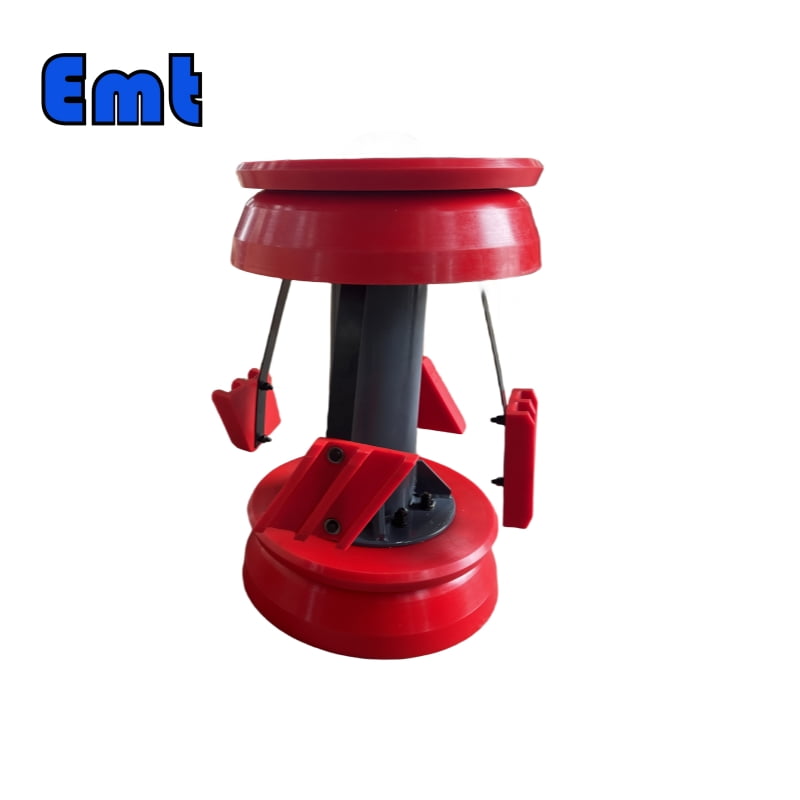
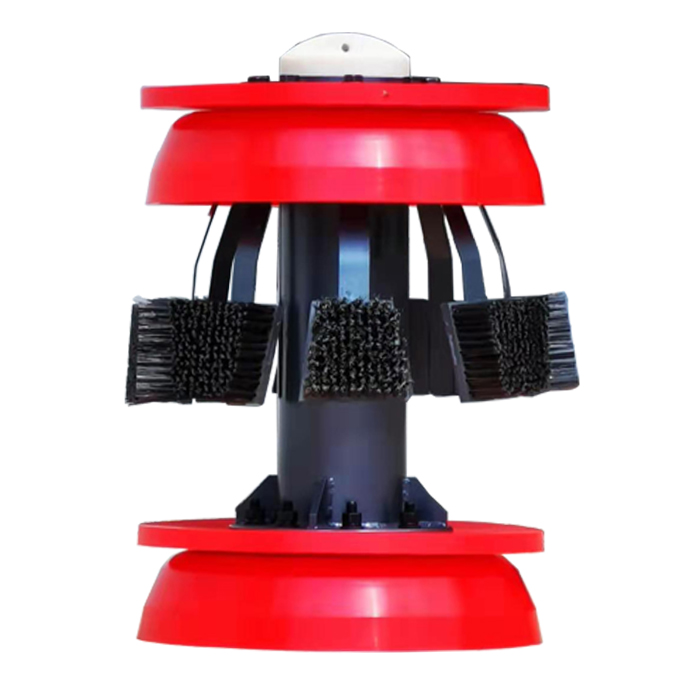
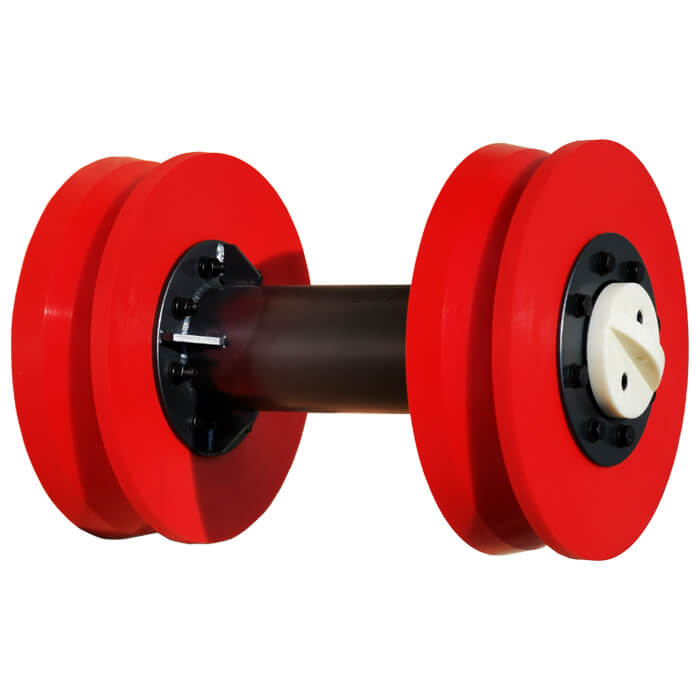
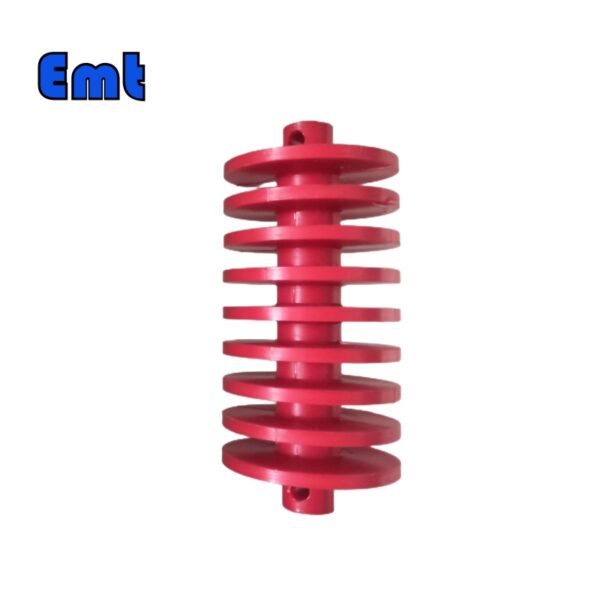
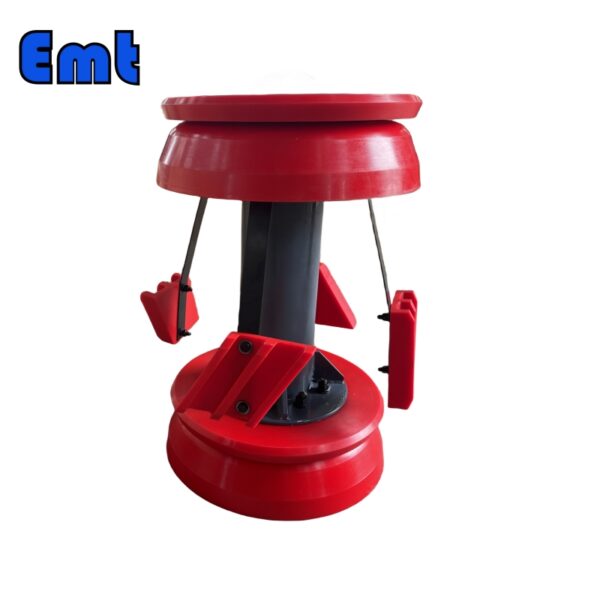
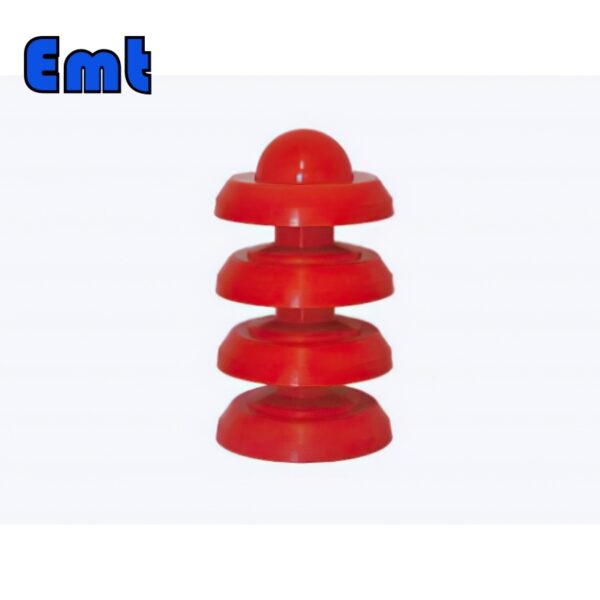
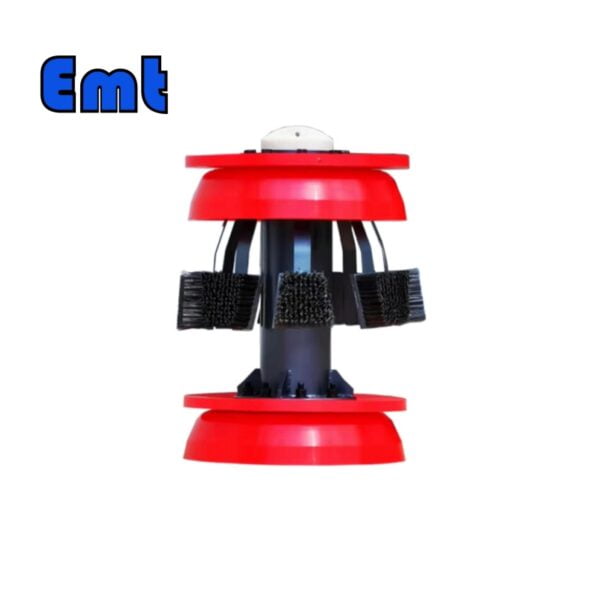
Ulasan
Belum ada ulasan.